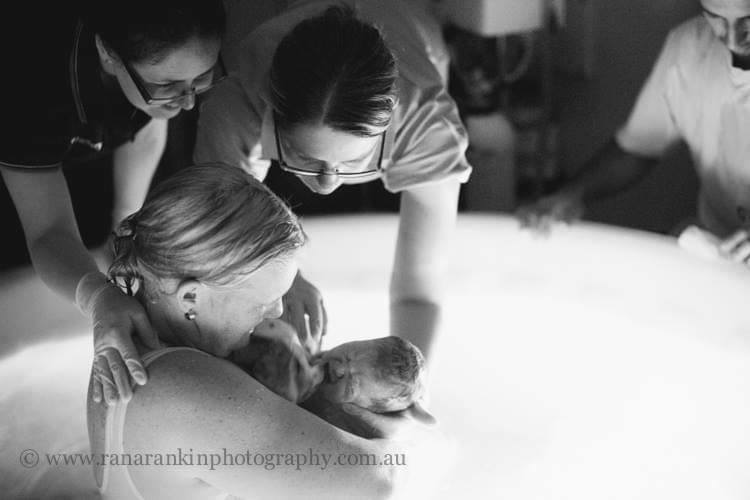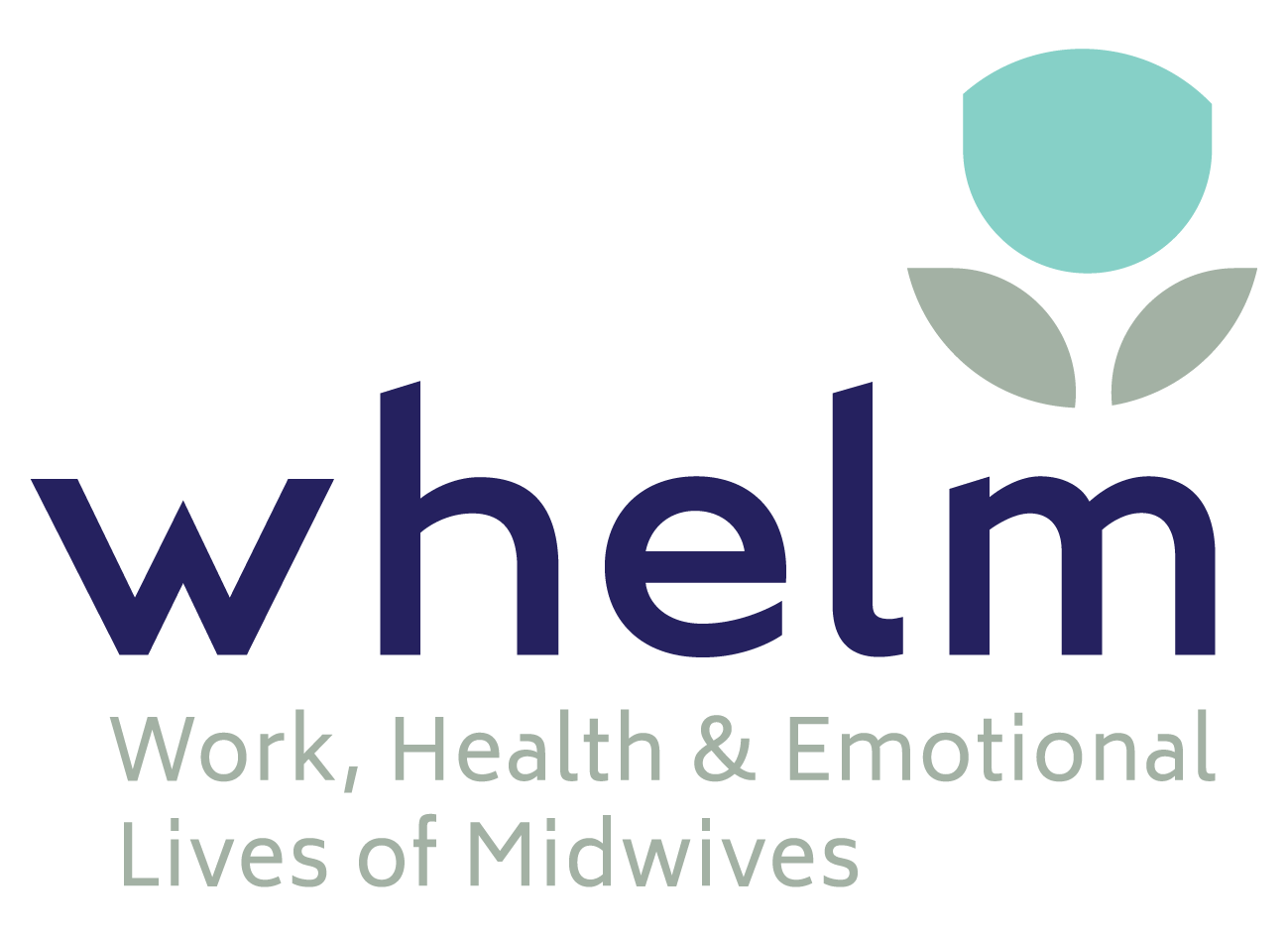Less than 10% of Australian women can access midwifery continuity of carer. This model provides women with a known and trusted midwife, who is on-call to provide care throughout pregnancy, birth and the first six weeks afterwards. However, most women receive fragmented care from midwives on rostered shifts. For women this usually means a different midwife for each visit – and an unfamiliar midwife with them during labour and birth.
Benefits of midwifery continuity
Midwifery continuity of carer for women of any risk has outcomes that are similar or better than fragmented care – and it is cheaper to provide (Tracy et al., 2013). Women perceive care from known midwives as higher quality (Allen et al., 2019) and are more likely to feel satisfied with their care (Forster et al., 2016). Midwives working in these relationship-based models are less likely to experience burnout and more likely to feel empowered and autonomous in their roles (Fenwick et al., 2018). Despite these benefits, one barrier to expansion of midwifery continuity of carer is having enough midwives prepared and motivated to work in this way.
Learning midwifery through continuity of carer
Australian midwifery programs that lead to registration as a midwife require students to complete at least 10 Continuity of Care Experiences (CoCEs). Through CoCEs, students follow women through their pregnancy, birth, and postpartum experience – either in a fragemented or continuity model. In countries where the majority of women access midwifery continuity of carer, students are prepared with a higher number of midwifery continuity experiences. For example, New Zealand standards require students complete 25 CoCEs (New Zealand College of Midwives). While in Canada, students spend 50% of their clinical placement with community-based midwives who provide continuity of carer with hospital or homebirth options (Butler et al., 2016). There is considerable debate in Australia about the optimum number of CoCEs student need to facilitate learning and to prepare them to work in continuity models (Gamble et al., 2020).
Midwifery student experiences of continuity
Master of Primary Maternity Care student Joanne Carter was supervised by Transforming Maternity Care Collaborative’s Deputy Director, Associate Professor Mary Sidebotham, and Dr Elaine Dietsch. Together they investigated completing students’ motivation and preparedness to provide midwifery continuity of care after completing 20 CoCEs (Carter, Sidebotham & Dietsch, 2021). Survey data were collected using the Midwifery Student Evaluation of Practice (MidSTEP) tool which measures students’ experiences of clinical learning during placement (Griffiths et al., 2020), as well as free text response items. Over 120 students from one Australian university responded to the survey during 2017-2019.
Being prepared to provide midwifery continuity
Approximately 80% of students indicated they felt well-prepared to work within a midwifery continuity of carer model on graduation (Carter, Sidebotham & Dietsch, 2021). Students explained, in their own words, that providing midwifery continuity of care had consolidated their clinical knowledge. Students described witnessing how beneficial the model was to the women they followed. They also perceived that midwives were able to practice autonomously and in alignment with midwifery philosophy.
Being motivated to provide midwifery continuity
Approximately 50% of respondents indicated they would prefer to work in midwifery continuity of care on graduation. These students felt motivated to work to their “full scope of practice” and saw midwifery continuity of care as their “dream job”. Students who did not feel ready to graduate and move directly into a midwifery continuity models cited reasons such as wanting more skill or experience, although they did not identify which specific skills. Whilst students referred to other barriers (such as balancing on-call with family commitments), the majority indicated a preference to work in midwifery continuity of care in the future.
Over 90% of respondents who had been embedded in a midwifery continuity model and had a dedicated mentor, felt well-prepared and motivated to work this way. This finding is consistent with international research that highlights the value of midwifery mentors within these models.
Recommendations from the research
A workforce prepared and motivated to work in this way is crucial to the expansion and sustainability of midwifery continuity of carer models. To achieve this, Carter et al. (2021) recommend:
-
Increasing midwifery students’ access to continuity of care within clinical placement and CoCE.
-
Co-designing placements with services and midwifery mentors who provide continuity of care.
-
Offering flexible modes of learning to enable students to attend appointments and births.
-
Reviewing midwifery accreditation standards so that all midwifery education programs prioritise midwifery continuity of care in program design.
You can currently access the free full-text article here
References
Allen, J., Kildea, S., Tracy, M. B., Hartz, D. L., Welsh, A. W., & Tracy, S. K. (2019). The impact of caseload midwifery, compared with standard care, on women’s perceptions of antenatal care quality: Survey results from the M@NGO randomized controlled trial for women of any risk. 46(3), 439-449. https://doi.org/10.1111/birt.12436
Butler, M. M., Hutton, E. K., & McNiven, P. S. (2016). Midwifery education in Canada. Midwifery, 33, 28-30. https://doi.org/10.1016/j.midw.2015.11.019
Carter, J., Sidebotham, M., & Dietsch, E. (2021). Prepared and motivated to work in midwifery continuity of care? A descriptive analysis of midwifery students’ perspectives. Women and Birth. https://doi.org/10.1016/j.wombi.2021.03.013
Fenwick, J., Sidebotham, M., Gamble, J., & Creedy, D. K. (2018). The emotional and professional wellbeing of Australian midwives: A comparison between those providing continuity of midwifery care and those not providing continuity. Women Birth, 31(1), 38-43. https://doi.org/10.1016/j.wombi.2017.06.013
Forster, D. A., McLachlan, H. L., Davey, M. A., Biro, M. A., Farrell, T., Gold, L., . . . Waldenstrom, U. (2016). Continuity of care by a primary midwife (caseload midwifery) increases women’s satisfaction with antenatal, intrapartum and postpartum care: results from the COSMOS randomised controlled trial. BMC Pregnancy Childbirth, 16, 28. https://doi.org/10.1186/s12884-016-0798-y
Gamble, J., Sidebotham, M., Gilkison, A., Davis, D., & Sweet, L. (2020). Acknowledging the primacy of continuity of care experiences in midwifery education. Women Birth, 33(2), 111-118. https://doi.org10.1016/j.wombi.2019.09.002
Griffiths, M., Fenwick, J., Gamble, J., & Creedy, D. K. (2020). Midwifery Student Evaluation of Practice: The MidSTEP tool — Perceptions of clinical learning experiences. Women and Birth, 33(5), 440-447. https://doi.org/10.1016/j.wombi.2019.09.010
New Zealand College of Midwives. Undergraduate midwifery education. Retrieved from https://www.midwife.org.nz/midwives/education/undergraduate-midwifery-education/
Tracy, S. K., Hartz, D. L., Tracy, M. B., Allen, J., Forti, A., Hall, B., . . . Kildea, S. (2013). Caseload midwifery care versus standard maternity care for women of any risk: M@NGO, a randomised controlled trial. The Lancet, 382(9906), 1723-1732. https://doi.org/10.1016/S0140-6736(13)61406-3








